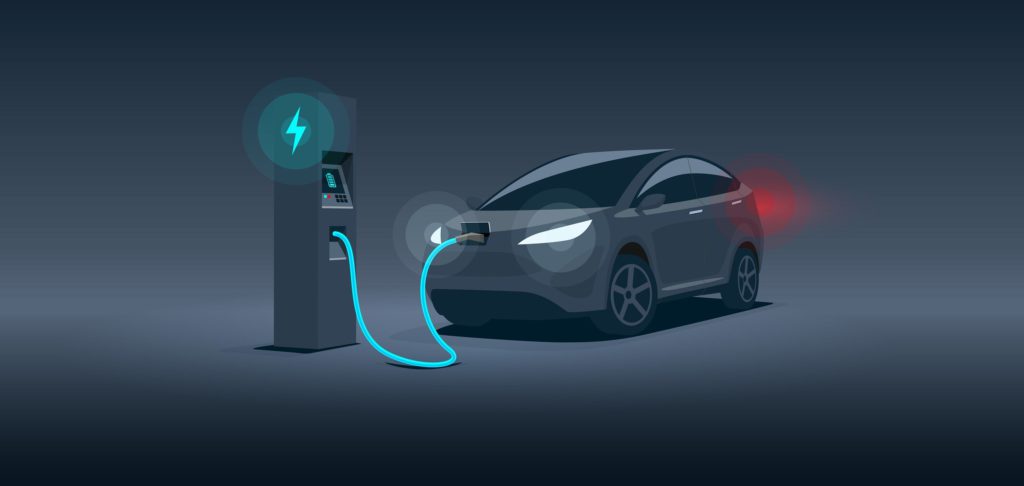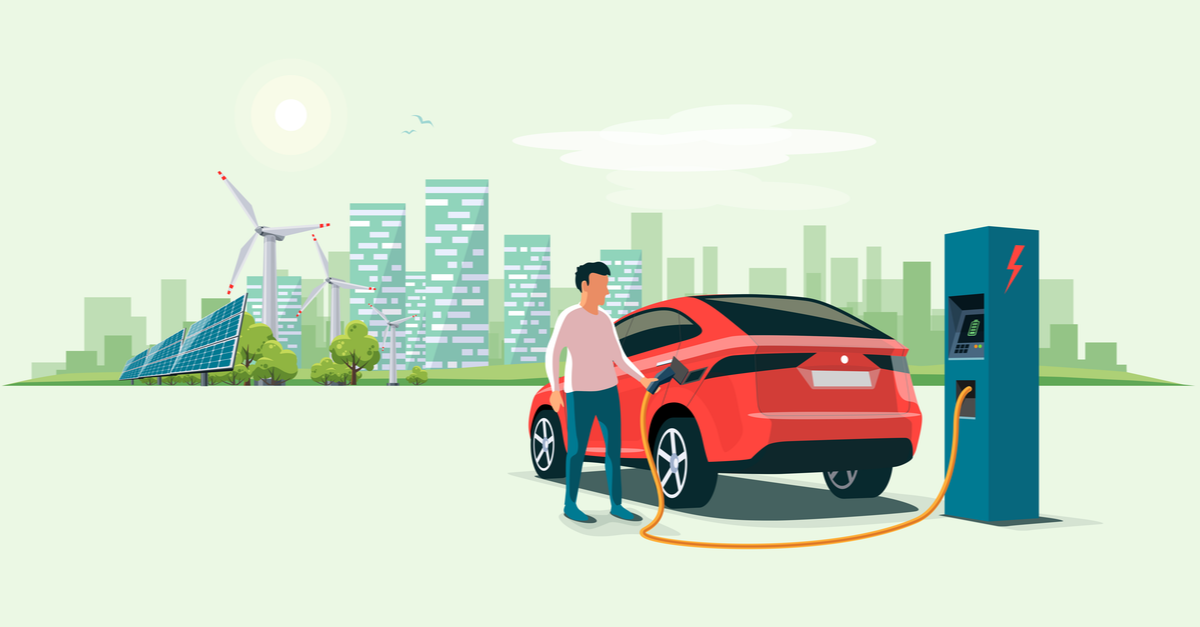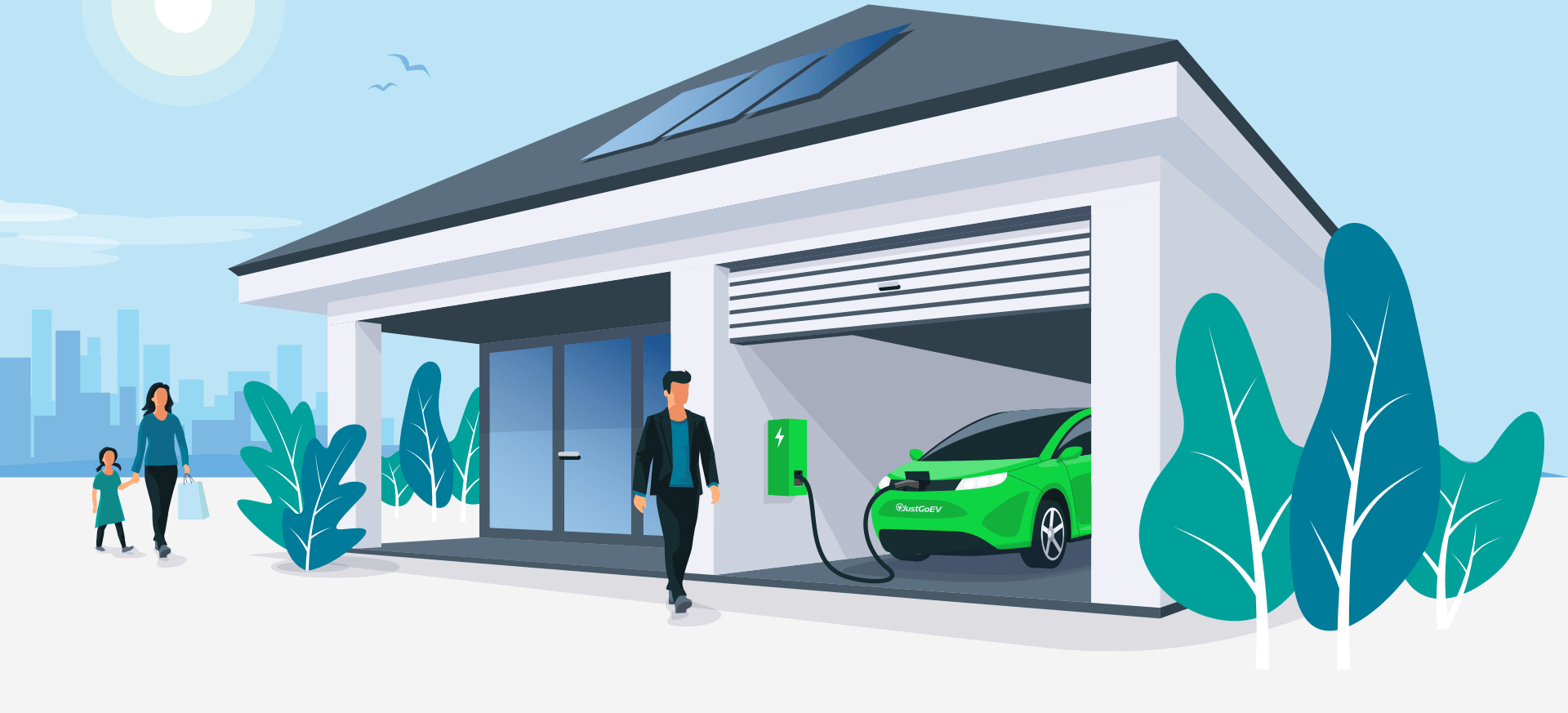
Different Level Chargers for EV Charging
Differences Between Level 1 vs Level 2 vs Level 3 vs Level 4 Chargers for Electric Vehicles

The chargers for electric vehicles are generally classified into four types: Level 1, Level 2, Level 3, and Level 4. Typically, higher charger levels mean it will have a higher power output and charge faster. However, each 'level' of the charger has a minimum speed threshold. This article will explore the differences between the four types of electric car chargers.
Level 1 vs Level 2 vs Level 3 vs Level 4 Chargers: What are the Differences?
Electric vehicle chargers use two types of electrical currents: Alternating Current (AC) and Direct Current (DC). Level 1 and 2 chargers use the car's built-in converter to convert AC to DC. On the other hand, the Level 3 chargers transmit the DC power directly to the battery. The conversion of AC to DC takes place in the charging station itself before it reaches the vehicle. The Level 4 Chargers work similarly to Level 3 charging points, but their reduced charging time makes them more efficient than the Level 3.
Thus, another significant difference between the multiple levels of EV chargers is their charging speed. The Level 1 chargers are comparatively slower. The Level 2 ones are fast-charging. Level 3 chargers have ultra-rapid charging speed. And lastly, the Level 4 chargers are superchargers. Let's explore them in detail.

1. Level 1 EV chargers
Level 1 chargers require you to plug the cable that comes with your EV into a standard household outlet. Domestic socket only delivers power up to 2.3 kW (10 A). It is the slowest charging method and can take up to 22 hours to fully charge a 60kWh battery. Due to its time-consuming charging, it is often called "granny charging".
2. Level 2 EV chargers

The Level 2 chargers are installed on a wall, pole, or stands, usually in residential or commercial locations. It can deliver up to 7.4 kW with a single-phase power supply. While using a 3-phase power supply, it can deliver up to 11 kW. While chargers with 7.4kW output deliver about 25 miles per hour, the ones with 11 kW output provide 37 miles of range. The 22 kW chargers deliver about 75 miles per hour.
Some workplace Level 2 EV chargers can deliver up to a maximum of 22kW on AC. Public Level 2 chargers with DC power can supply a maximum of 43kW due to better infrastructure than the domestic power supply. Depending on the vehicle type and power output of the charging station, the Level 2 chargers can charge your EV 5 to 15 times faster than the regular household socket.
3. Level 3 EV chargers
Level 3 chargers are known for their higher power output and ultra-rapid charging capabilities. They need to have a direct connection with the grid, thus they are only found in service stations and fleet stops.
Level 3 chargers are also of two types: rapid and ultra-rapid. While the rapid chargers deliver 60-100 kW of power, the ultra-rapid ones can provide up to 350 kW of power. Though these chargers are expensive to use, they can add up to 200 miles of range to an EV battery in just 30 minutes. The fastest car can charge up to 80% with 800 V technology in less than 20 minutes.
4. Level 4 EV chargers
Level 4 chargers are the fastest charging options available for electric vehicles. As these chargers need high-level infrastructure, they are only installed in short-stop locations like charging hubs, and car parks in commercial areas. They are commonly used for electric lorries and Heavy goods vehicles (HGV).
Level 4 chargers can deliver up to 1 MW of power. It can add up to 400 miles of range to a 500 kWh battery in just 30 minutes. With ongoing development, we can hope for more powerful and fast-charging versions of the Level 4 charger in the future.
The Bottom Line

Electric cars have become quite popular because of their higher efficiency and eco-friendliness. With the higher popularity of electric vehicles, chargers, and charging points have become more and more common. EV chargers are usually categorized into 4 types: Level 1, Level 2, Level 3, and Level 4. While the Level 1 chargers are slow and are used for domestic purposes, the Level 4 “Superchargers” are the fastest chargers and are used commercially.